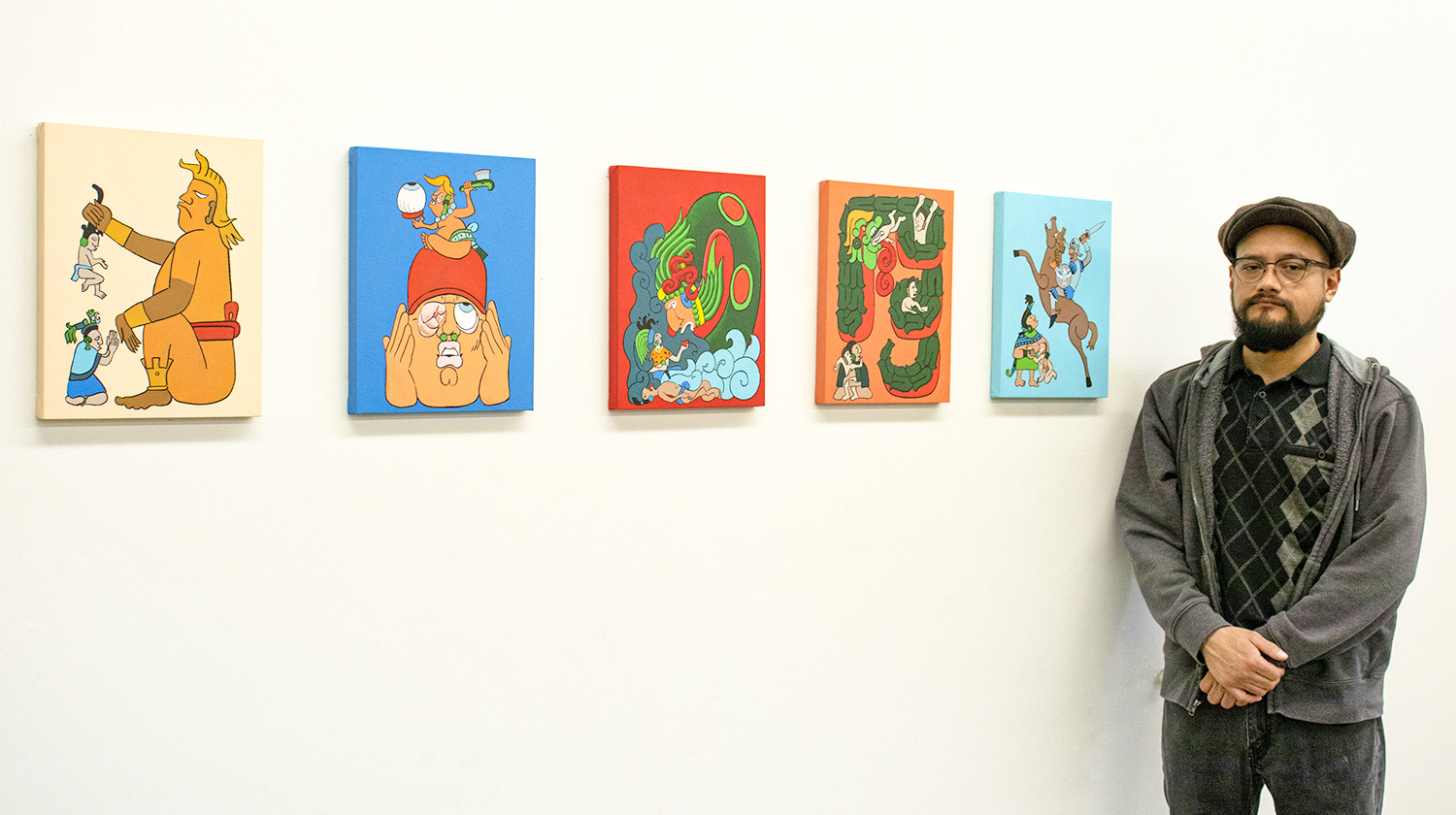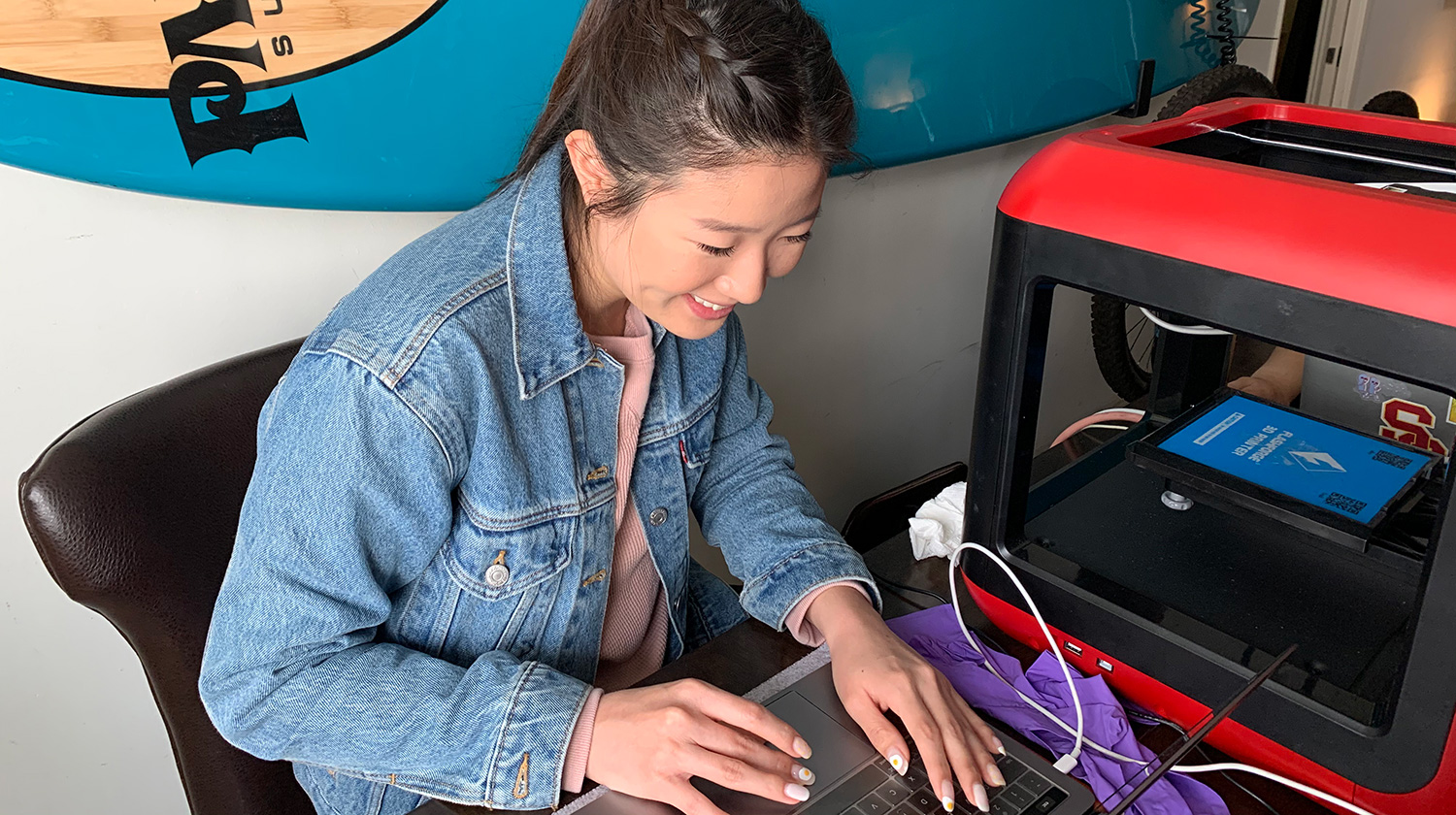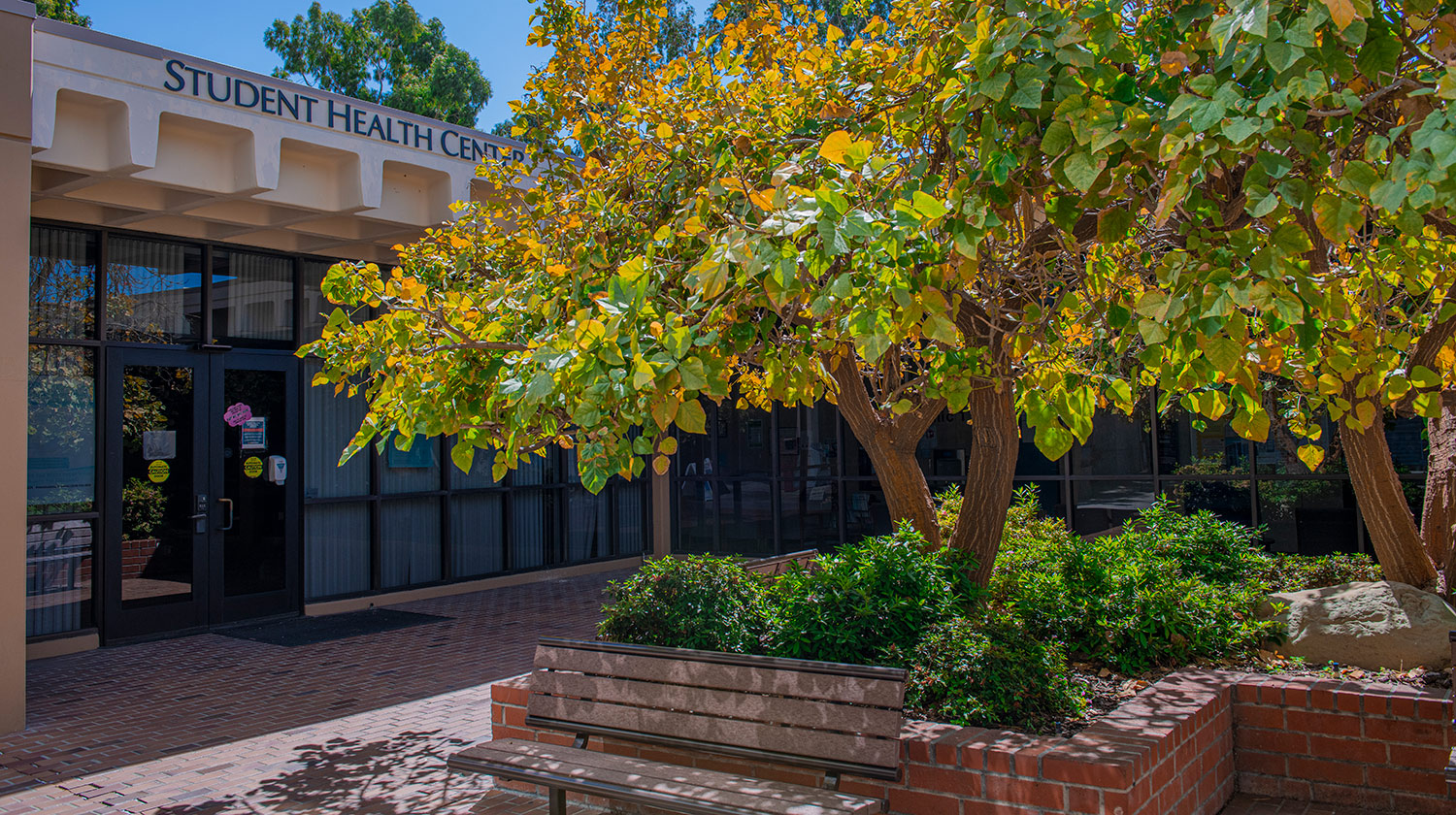Human Services
-
Campus News

Nine Toros Receive Top Honors During Statewide CSU Student Research Competition
Showcasing the high standards for student research and faculty mentorship at California State University, Dominguez Hills (CSUDH), nine students garnered…
-
Features

Faculty, Students, and Staff Heed the Call for Medical Face Shields
Heeding the call of health care professionals, two faculty-led groups at California State University, Dominguez Hills (CSUDH) are using 3D…
-
Campus News

Student Health Center Remains Open for the Campus Community
Even as the ongoing COVID-19 pandemic has been upending the campus community’s lives over the past few weeks, the staff…